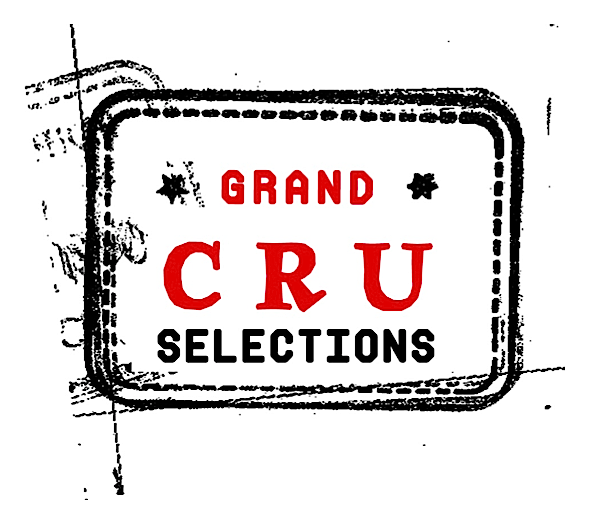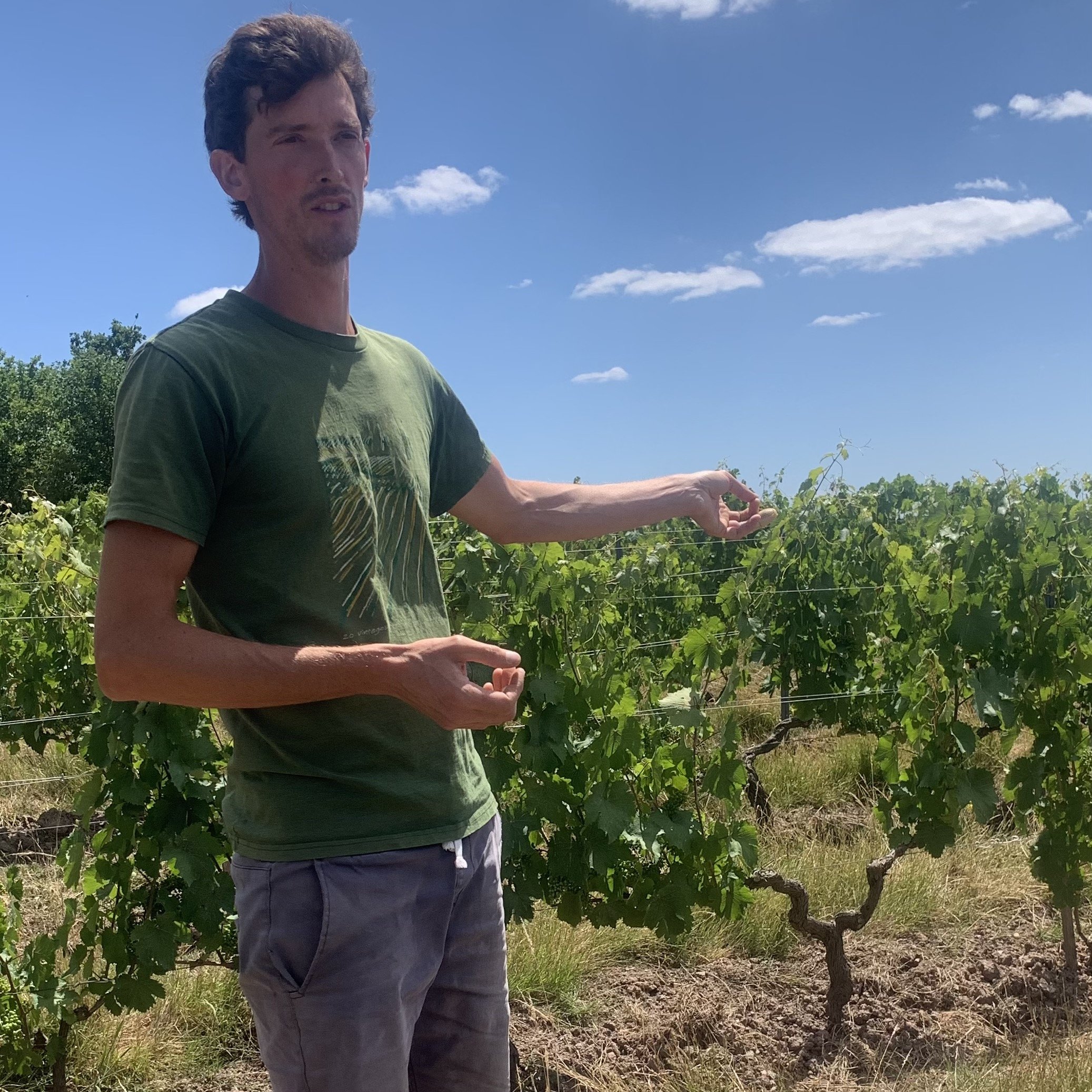Clos des Plantes
Montbenault, Anjou, Loire Valley, France
Olivier Lejeune
We met Olivier Lejeune just before the release of his first vintage in 2017 and were immediately struck by this young vigneron. Born in the north of France, Olivier Lejeune moved to South East Asia in 2004 to work in the mobile gaming industry. After 10 years of an intense life in an over-crowded, polluted metropolis he was ready for a change of pace. His next stop was New Zealand to learn viticulture at the University of Auckland, only to quickly unlearn it after securing a position at Felton Road, an organic and biodynamic producer in Central Otago.
Luckily for us, he was ready to return to France and in 2015, he spent time working at La Ferme de la Sansorrniere with Mark Angeli. This short but fruitful collaboration, along with the camaraderie of the vigneron community, convinced him that Anjou was where he wanted to settle down. In August 2016, Olivier and his wife moved back to France and started scouting for parcels in Anjou. He got a tip on some available plots in Montbenault and quickly jumped on the opportunity and got to work revitalizing the vineyards.
Despite a few challenging vintages due to dramatically low yields, today, Olivier remains positive and continues to grow his young domaine from scratch, taking over more hectares in Mont Benault with meticulous farming and ambitious replantation efforts. We can’t wait to see what’s next.
-
In 2017 Olivier Lejeune was able to buy two plots (Le Clos des Plantes et Les Cailloux) in Mont Benault, a hill of the Coteaux du Layon between Faye d’Anjou and Beaulieu-sur-Layon made famous by Richard Leroy. 2017 was his first vintage.
On another note, Olivier pays great attention to the name of his cuvées and their label. The one for Poeisis was made by Magdalena Kaczan, a Polish artist. He saw it one day and asked this artist if he could use it, with the addition of the vigneron and his vine. It is a symbol of harmony and respected biodiversity. You can find on each of his labels the name of the different artists and their contact.
-
Of Olivier Lejeune’s six hectares, three are planted in the Anjou lieu dit Montbenault (The same lieu dit that Richard Leroy. Montbenault is located along the Layon River that follows a fault line (the meeting of the “bassin parisien” and the “massif armoricain”) that created the trademark rocky hills of the Côteaux du Layon.
Most of the plots are Chenin Blanc (2.5 hectares, 30 years old) but there is also just under half a hectare of 50 year old Cabernet Franc vines. The vineyard soils are composed primarily of carboniferous rock and schist as well as sandstone and quartz.
-
The parcels Olivier took over had been left with little to no care for over three years and were close to the point of no return. Olivier's work of resurrecting the soils was driven by the belief that promoting biodiversity was the only way to have healthy soils. (This is where knowing Mark Angeli and the work that La Ferme de la Sansonnière has been doing in the area to promote biodynamics and biodiversity comes in handy. )
-
Olivier’s winemaking is very hands off, once the Chenin is pressed on an old vertical press, fermentations start spontaneously on wild yeasts and in fiberglass tanks. Once the fermentation is ready , the must is transferred to neutral barrels by gravity and left untouched for 12 months until racking and bottling. The wines see around 20 ppm total of sulfur.
Wines
Poiesis
“Poiesis” comes from the same Greek root as the word “poesy”. Poesy is the the art or composition of poetry while Poiesis is the activity through which a person brings something into being that did not exist before. These concepts are at the heart of Clos des Plantes.
The illustration for the Chenin Blanc label was made by Magdalena Kaczan, a Polish artist. It depicts the ideas of biodiversity, the ability to establish a human connection to the earth and stars, and the humbling feeling that comes from reflecting on nature’s complexity and the subsequent desire to preserve it.
Whakapiripiri Mai
Whakapiripiri Mai means to “assemble” or “gather together” in Maori, the language of the indigenous Polynesian people of New Zealand.
The label is inspired by an art piece painted by two artists Olivier became friends with while studying in Auckland. Whakapiripiri Mai celebrates the amazing talent of these two artists coming from different backgrounds. Like the piece of art, the grapes from two very different parcels: “les cailloux” and “clos des plantes” but come together to craft a rather singular profile of Chenin blanc.
Whole-bunch pressed in a vertical wooden press, fermentations started spontaneously on wild yeasts and remained in tanks until racking and bottled early May.
Pelo
Pelo is a tribute to Olivier’s grandfather, Pierre, who first introduced him to wine when he was a kid and contributed to the very start of Clos des Plantes. He was a Saint- Emilion fan so it was fitting for Olivier to name this cuvée of mostly Cabernet Franc after his nickname.
The parcel “Le Bordage” (0.4 ha) is home to 60 year-old vines of Cabernet franc on schist soils with heavier clay than the chenin. Le Bordage vineyard is coplanted with grolleau and pinau d’aunis. The blend changes from year to year.
In 2020, Olivier co-fermented Cabernet Franc (85%) and Chenin (15%), whole cluster, in an effort to kick off fermentation faster. Followed by an 8 day maceration.

